Introduction
Small-cap stocks—companies valued between $300 million and $2 billion—are like race cars: fast, exciting, but a bit risky to drive. Their prices can soar or crash quickly, making them a thrill for traders. Options trading is like adding a turbo boost to your small-cap strategy, letting you bet on price moves with less money upfront. Options can help you profit from big swings or protect your investments, but they need careful handling. In this guide, we’ll explain how to use options trading with small-cap stocks, with simple steps, real stories, and tips that even beginners can follow to trade smarter.
What Are Options and Why Use Them for Small-Caps?
Options are contracts that give you the right, but not the obligation, to buy or sell a stock at a set price (called the strike price) by a certain date. There are two main types:
● Call Options: Let you buy a stock at the strike price. Use these if you think the stock will go up.
● Put Options: Let you sell a stock at the strike price. Use these if you think the stock will go down.
Small-cap stocks are perfect for options because they’re volatile. In 2024, the Russell 2000 Index, which tracks small-caps, swung 28% from high to low, compared to the S&P 500’s 18% (Yahoo Finance). This volatility means bigger price moves, which can lead to bigger option profits. Options also let you:
● Leverage: Control more stock with less money.
● Limit Risk: Lose only the option’s cost, not the whole stock price.
● Hedge: Protect your small-cap holdings from drops.
But small-caps’ low trading volume can make options trickier, so we’ll show you how to navigate safely (Investopedia).
Strategy 1: Buying Call Options for Big Gains
Buying call options is like betting a small-cap stock will rocket up. You pay a small fee (the premium) for the chance to buy the stock later at a lower price, profiting if it rises.
● How It Works: Pick a small-cap stock you think will climb, buy a call option, and sell it or exercise it if the stock jumps.
● Real Example: In July 2024, AxoGen (AXGN), a small-cap biotech, traded at $8. After a strong clinical trial report, a trader bought a September 2024 call option with a $9 strike price for $0.50 per contract ($50 total). AXGN soared to $12 by August, and the option was worth $3, earning a $250 profit per contract (Yahoo Finance).
● Simple Steps:
○ Find a small-cap stock with upcoming news, like earnings or product launches.
○ Choose a call option with a strike price slightly above the current price, expiring in 1–3 months.
○ Spend only 1–2% of your portfolio on the premium to limit risk.
○ Sell the option if the stock rises or let it expire if it doesn’t.
● Tip: Check the stock’s trading volume and option “open interest” (contracts traded) to ensure liquidity. Low-volume small-caps can have wide bid-ask spreads (CBOE).
This strategy is like buying a lottery ticket—you risk a little for a big payoff.
Strategy 2: Buying Put Options to Profit from Drops
Buying put options is like betting a small-cap stock will fall. You pay a premium for the right to sell the stock at a higher price, profiting if it drops.
● How It Works: Choose a small-cap stock you think will decline, buy a put option, and sell it or exercise it if the stock falls.
● Real Example: In October 2024, Beyond Meat (BYND), a small-cap consumer goods stock, traded at $7 after weak sales forecasts. A trader bought a December 2024 put option with a $7 strike price for $0.60 per contract ($60 total). BYND fell to $4 by November, and the option was worth $2.50, earning a $190 profit per contract (Yahoo Finance).
● Simple Steps:
○ Look for small-caps with bad news, like missed earnings or industry slumps.
○ Buy a put option with a strike price near the current price, expiring in 1–3 months.
○ Risk only 1–2% of your portfolio on the premium.
○ Sell the option if the stock drops or let it expire if it doesn’t.
● Tip: Confirm bearish signals with technical indicators like RSI (above 70 for overbought) or a bearish candlestick pattern (Fidelity).
This strategy is like selling an umbrella before a storm—profit when things go south.
Strategy 3: Covered Calls for Extra Income
Covered calls involve owning a small-cap stock and selling call options against it to earn extra cash. It’s like renting out your stock for a fee while still holding it.
● How It Works: Sell a call option on a small-cap stock you own. Collect the premium, and if the stock stays below the strike price, keep the premium and the stock.
● Real Example: In Q3 2024, an investor owned 100 shares of Cavco Industries (CVCO), a small-cap homebuilder, at $400. They sold a November 2024 call option with a $420 strike price for $5 per contract ($500 total). CVCO stayed at $410 by expiration, so the investor kept the $500 premium and the stock (Yahoo Finance).
● Simple Steps:
○ Own at least 100 shares of a small-cap stock you’re happy to hold.
○ Sell a call option with a strike price above the current price, expiring in 1–2 months.
○ Collect the premium and monitor the stock.
○ If the stock rises above the strike, sell it or roll the option forward.
● Tip: Choose small-caps with moderate volatility to avoid big price jumps that force you to sell early. Use a 50-day moving average to confirm stability (Schwab).
This strategy is like earning rent from your stock while waiting for growth.
Navigating Small-Cap Options Challenges
Small-cap stocks’ low trading volume can make options trading tricky. Here’s how to stay safe:
● Check Liquidity: Pick stocks with high option volume and tight bid-ask spreads. The iShares Russell 2000 ETF (IWM) is a great alternative for diversified exposure (Yahoo Finance).
● Use Technicals: Pair options with indicators like RSI, MACD, or candlesticks to confirm moves (Investopedia).
● Limit Risk: Never spend more than 1–2% of your portfolio on option premiums, as options can expire worthless.
● Start Small: Practice with a demo account on platforms like TD Ameritrade to learn without risking real money.
Comparing Options Strategies
Create a markdown table comparing options trading strategies for small-cap stocks. Include columns for strategy, difficulty, best market condition, and resource, and link to Yahoo Finance.
Strategy Difficulty Best Market Condition Resource
Buying Call Options Moderate Bullish news/earnings https://finance.yahoo.com/quote/AXGN
Buying Put Options Moderate Bearish news/earnings https://finance.yahoo.com/quote/BYND
Covered Calls Easy Stable or mild uptrend https://finance.yahoo.com/quote/CVCO
This table helps you pick an options strategy that fits your goals and market conditions.
Small-Cap Stocks for Options Trading
Create a markdown table comparing small-cap stocks ideal for options trading. Include columns for stock symbol, sector, P/E ratio, and 1-year return, and link to Yahoo Finance.
Stock Symbol Sector P/E Ratio 1-Year Return Link
AXGN Healthcare 25.4 45.2% https://finance.yahoo.com/quote/AXGN
BYND Consumer Goods N/A -38.7% https://finance.yahoo.com/quote/BYND
CVCO Consumer Cyclical 22.3 33.1% https://finance.yahoo.com/quote/CVCO
These stocks, based on 2024 Yahoo Finance data, have active options markets and volatility, ideal for options trading.
Wrapping Up
Options trading with small-cap stocks is like adding a superpower to your investing—small bets can lead to big wins or protect your portfolio. Call options chase big gains, put options profit from drops, and covered calls generate extra cash. Start with a simple step, like buying a call option on AXGN with a small budget. Watch volume, news, and technical signals to stay sharp, and consider IWM for safer trades. With these strategies, you can harness small-cap volatility with less worry. Try one idea today and turbo-charge your trading journey!




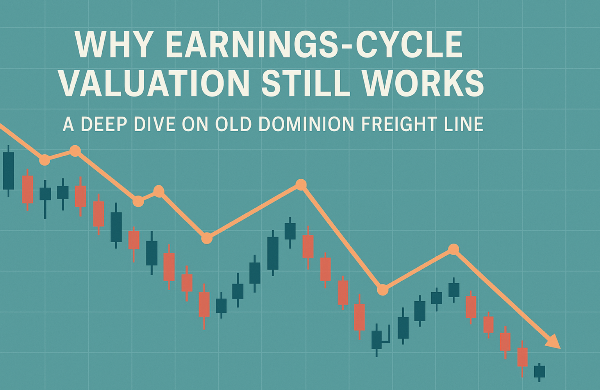
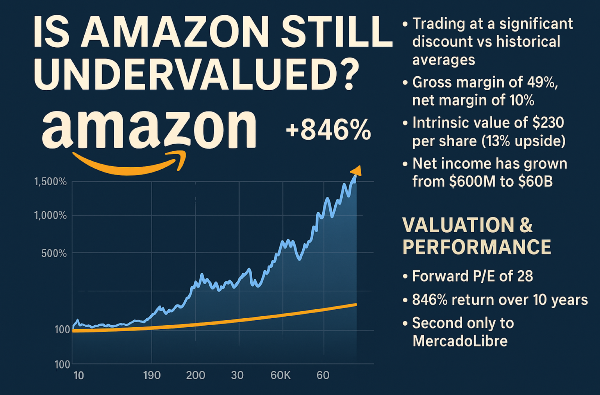



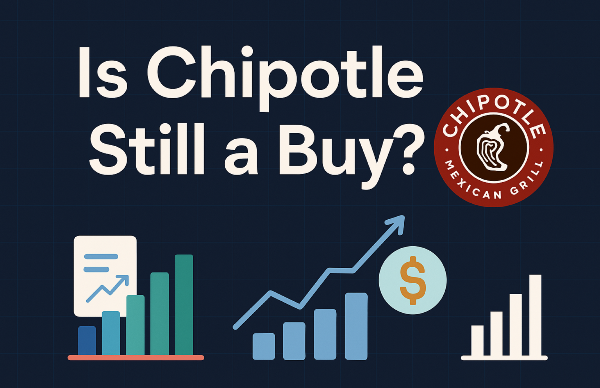
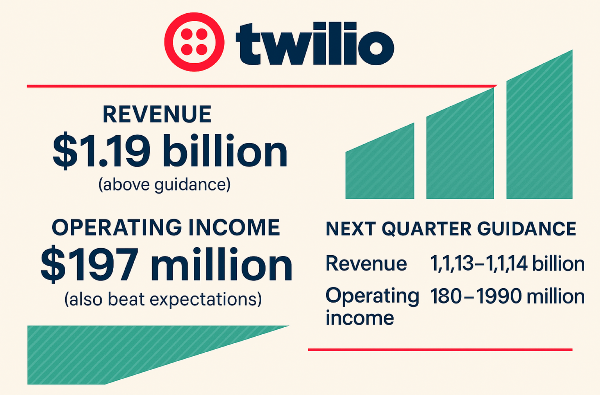
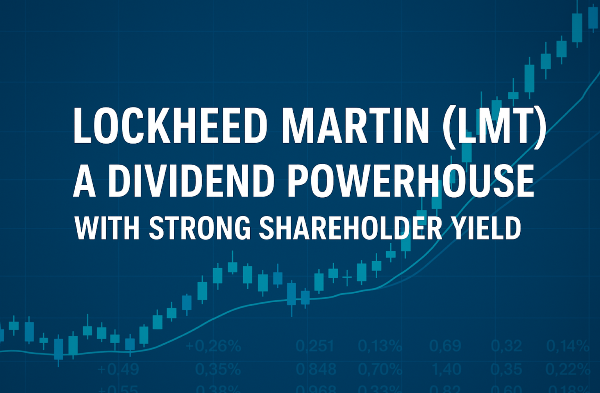
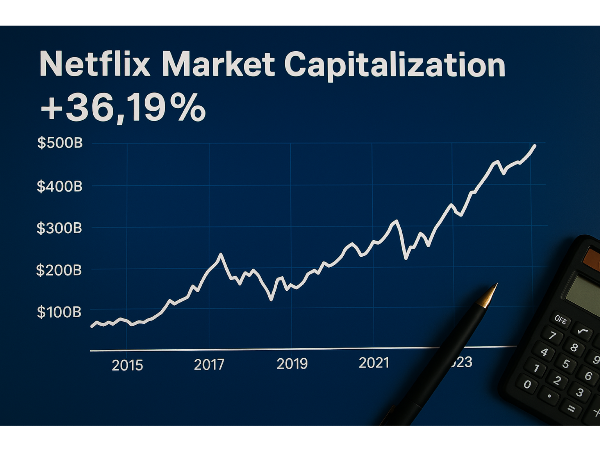




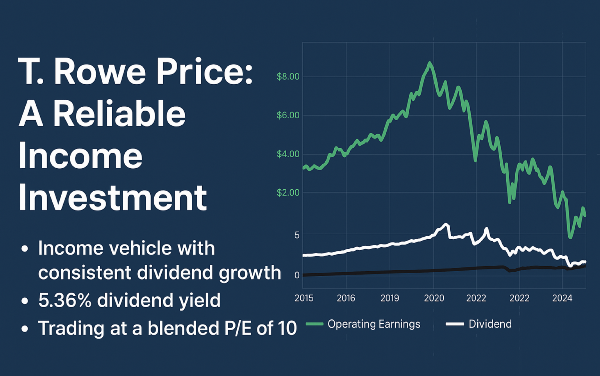


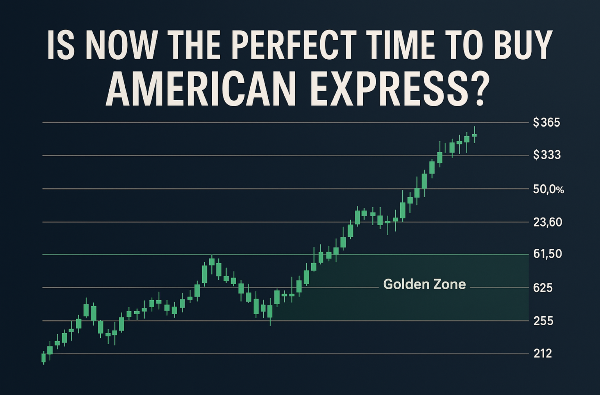









Introduction Small-cap stocks—companies valued between $300 million and $2 billion—are like race cars: fast, exciting, but a bit risky to drive. Their prices can soar or crash quickly, making them a thrill for traders. Options trading is like adding a turbo boost to your small-cap strategy, letting you bet on price moves with less money upfront. Options can help you profit from big swings or protect your investments, but they need careful handling. In this guide, we’ll explain how to use options trading with small-cap stocks, with simple steps, real stories, and tips that even beginners can follow to trade smarter. What Are Options and Why Use Them for Small-Caps? Options are contracts that give you the right, but not the obligation, to buy or sell a stock at a set price (called the strike price) by a certain date. There are two main types: ● Call Options: Let you buy a stock at the strike price. Use these if you think the stock will go up. ● Put Options: Let you sell a stock at the strike price. Use these if you think the stock will go down. Small-cap stocks are perfect for options because they’re volatile. In 2024, the Russell 2000 Index, which tracks small-caps, swung 28% from high to low, compared to the S&P 500’s 18% (Yahoo Finance). This volatility means bigger price moves, which can lead to bigger option profits. Options also let you: ● Leverage: Control more stock with less money. ● Limit Risk: Lose only the option’s cost, not the whole stock price. ● Hedge: Protect your small-cap holdings from drops. But small-caps’ low trading volume can make options trickier, so we’ll show you how to navigate safely (Investopedia). Strategy 1: Buying Call Options for Big Gains Buying call options is like betting a small-cap stock will rocket up. You pay a small fee (the premium) for the chance to buy the stock later at a lower price, profiting if it rises. ● How It Works: Pick a small-cap stock you think will climb, buy a call option, and sell it or exercise it if the stock jumps. ● Real Example: In July 2024, AxoGen (AXGN), a small-cap biotech, traded at $8. After a strong clinical trial report, a trader bought a September 2024 call option with a $9 strike price for $0.50 per contract ($50 total). AXGN soared to $12 by August, and the option was worth $3, earning a $250 profit per contract (Yahoo Finance). ● Simple Steps: ○ Find a small-cap stock with upcoming news, like earnings or product launches. ○ Choose a call option with a strike price slightly above the current price, expiring in 1–3 months. ○ Spend only 1–2% of your portfolio on the premium to limit risk. ○ Sell the option if the stock rises or let it expire if it doesn’t. ● Tip: Check the stock’s trading volume and option “open interest” (contracts traded) to ensure liquidity. Low-volume small-caps can have wide bid-ask spreads (CBOE). This strategy is like buying a lottery ticket—you risk a little for a big payoff. Strategy 2: Buying Put Options to Profit from Drops Buying put options is like betting a small-cap stock will fall. You pay a premium for the right to sell the stock at a higher price, profiting if it drops. ● How It Works: Choose a small-cap stock you think will decline, buy a put option, and sell it or exercise it if the stock falls. ● Real Example: In October 2024, Beyond Meat (BYND), a small-cap consumer goods stock, traded at $7 after weak sales forecasts. A trader bought a December 2024 put option with a $7 strike price for $0.60 per contract ($60 total). BYND fell to $4 by November, and the option was worth $2.50, earning a $190 profit per contract (Yahoo Finance). ● Simple Steps: ○ Look for small-caps with bad news, like missed earnings or industry slumps. ○ Buy a put option with a strike price near the current price, expiring in 1–3 months. ○ Risk only 1–2% of your portfolio on the premium. ○ Sell the option if the stock drops or let it expire if it doesn’t. ● Tip: Confirm bearish signals with technical indicators like RSI (above 70 for overbought) or a bearish candlestick pattern (Fidelity). This strategy is like selling an umbrella before a storm—profit when things go south. Strategy 3: Covered Calls for Extra Income Covered calls involve owning a small-cap stock and selling call options against it to earn extra cash. It’s like renting out your stock for a fee while still holding it. ● How It Works: Sell a call option on a small-cap stock you own. Collect the premium, and if the stock stays below the strike price, keep the premium and the stock. ● Real Example: In Q3 2024, an investor owned 100 shares of Cavco Industries (CVCO), a small-cap homebuilder, at $400. They sold a November 2024 call option with a $420 strike price for $5 per contract ($500 total). CVCO stayed at $410 by expiration, so the investor kept the $500 premium and the stock (Yahoo Finance). ● Simple Steps: ○ Own at least 100 shares of a small-cap stock you’re happy to hold. ○ Sell a call option with a strike price above the current price, expiring in 1–2 months. ○ Collect the premium and monitor the stock. ○ If the stock rises above the strike, sell it or roll the option forward. ● Tip: Choose small-caps with moderate volatility to avoid big price jumps that force you to sell early. Use a 50-day moving average to confirm stability (Schwab). This strategy is like earning rent from your stock while waiting for growth. Navigating Small-Cap Options Challenges Small-cap stocks’ low trading volume can make options trading tricky. Here’s how to stay safe: ● Check Liquidity: Pick stocks with high option volume and tight bid-ask spreads. The iShares Russell 2000 ETF (IWM) is a great alternative for diversified exposure (Yahoo Finance). ● Use Technicals: Pair options with indicators like RSI, MACD, or candlesticks to confirm moves (Investopedia). ● Limit Risk: Never spend more than 1–2% of your portfolio on option premiums, as options can expire worthless. ● Start Small: Practice with a demo account on platforms like TD Ameritrade to learn without risking real money. Comparing Options Strategies Create a markdown table comparing options trading strategies for small-cap stocks. Include columns for strategy, difficulty, best market condition, and resource, and link to Yahoo Finance. Strategy Difficulty Best Market Condition Resource Buying Call Options Moderate Bullish news/earnings https://finance.yahoo.com/quote/AXGN
Buying Put Options Moderate Bearish news/earnings https://finance.yahoo.com/quote/BYND
Covered Calls Easy Stable or mild uptrend https://finance.yahoo.com/quote/CVCO
This table helps you pick an options strategy that fits your goals and market conditions. Small-Cap Stocks for Options Trading Create a markdown table comparing small-cap stocks ideal for options trading. Include columns for stock symbol, sector, P/E ratio, and 1-year return, and link to Yahoo Finance. Stock Symbol Sector P/E Ratio 1-Year Return Link AXGN Healthcare 25.4 45.2% https://finance.yahoo.com/quote/AXGN
BYND Consumer Goods N/A -38.7% https://finance.yahoo.com/quote/BYND
CVCO Consumer Cyclical 22.3 33.1% https://finance.yahoo.com/quote/CVCO
These stocks, based on 2024 Yahoo Finance data, have active options markets and volatility, ideal for options trading. Wrapping Up Options trading with small-cap stocks is like adding a superpower to your investing—small bets can lead to big wins or protect your portfolio. Call options chase big gains, put options profit from drops, and covered calls generate extra cash. Start with a simple step, like buying a call option on AXGN with a small budget. Watch volume, news, and technical signals to stay sharp, and consider IWM for safer trades. With these strategies, you can harness small-cap volatility with less worry. Try one idea today and turbo-charge your trading journey!